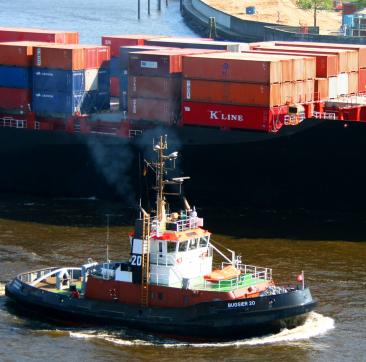
Australia has adopted a variety of specific implementation strategies in optimizing its logistics processes. The following are some key strategies and their analyses:
1. Improvement of warehouse automation and sorting efficiency
Automated warehousing system: By introducing automated warehousing systems, logistics enterprises in Australia have significantly enhanced their warehousing efficiency. For instance, the order delivery solution developed by Rissig for the logistics giant TOLL adopts wave sorting and automatic sorting systems, capable of handling a large volume of goods per hour, significantly reducing the order processing time.
Modular design: The automated sorting system adopts a modular design, which is convenient for adjustment according to the warehouse layout and the characteristics of the goods, enhancing the flexibility and adaptability of the system.
Ii. Optimization of Transportation Routes and Multimodal Transport
Intelligent route planning: By leveraging the Logistics Management System (TMS) and GPS technology, the real-time location of vehicles is monitored, transportation routes are dynamically adjusted, congested sections are avoided, and transportation efficiency is enhanced.
Multimodal transport: It combines the advantages of sea, air and land transport, and selects the optimal mode of transportation based on the characteristics of the goods and the time requirements. For instance, the sea-truck combined transport (sea freight plus truck delivery) model has been widely applied in the FBA first-leg sea freight logistics in Australia, effectively reducing transportation costs while maintaining a high level of timeliness.
Iii. Partner Collaboration and Information Sharing
Deep cooperation with local express delivery: Achieve seamless connection of terminal delivery and improve overall logistics efficiency. For instance, Qiyun International Logistics has deeply collaborated with local express delivery companies, providing one-stop logistics services for cross-border e-commerce sellers.
Information sharing mechanism: Establish an information sharing mechanism with partners to synchronize the status of goods and transportation progress in real time, enhancing the transparency and collaborative efficiency of the supply chain.
Iv. Customer Service and Feedback Mechanism
Real-time logistics tracking: It provides customers with the function of real-time tracking of goods, enhancing their trust and satisfaction with the logistics process.
Customer feedback handling: Establish customer feedback channels, promptly handle customer complaints and suggestions, and continuously improve service quality.
V. Technology Application and Innovation
Big data and artificial intelligence: By analyzing historical data and market trends, predict goods demand, and optimize inventory and transportation plans.
Logistics information system integration: It realizes seamless connection of order processing, inventory management and transportation scheduling, and improves the automation and intelligence level of logistics operations.

